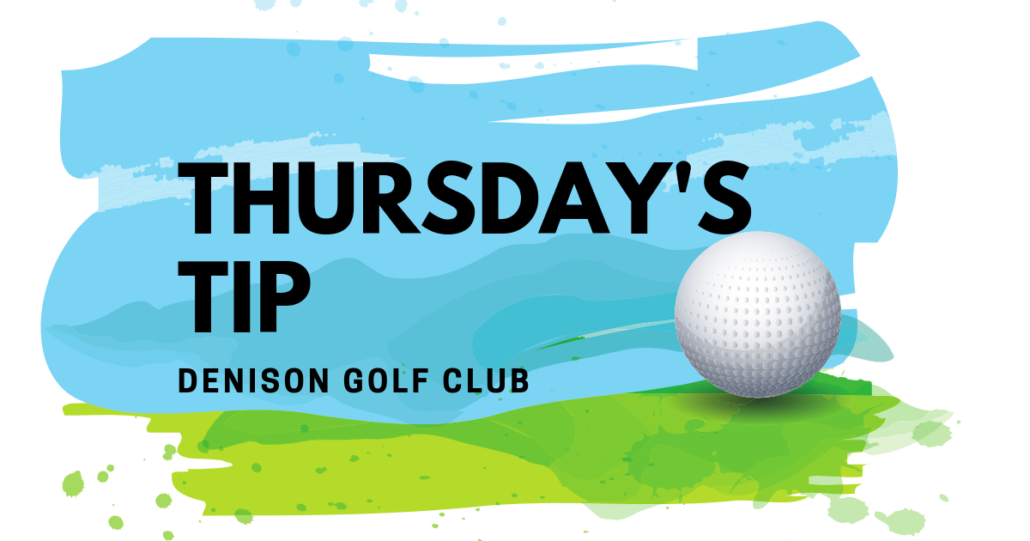Brooks Koepka: My Advice to Make Your Second Shots Matter
Written by: Brooks Koepka
feel like my accuracy stats with irons are a bit misleading. I play fairly aggressively week to week and fire at a lot of pins. So I might miss more greens than other pros, but I’m still only a few yards from the hole when I do. That being said, when I really need to hit a green in regulation, I’m confident in my swing. In winning my second consecutive U.S. Open, at Shinnecock Hills in June, only three other players hit more greens in regulation than I did—and trust me when I say that hitting greens there was like trying to stop a marble on a kitchen countertop. Here I’m going to share some of my tips on hitting better second-shot irons, a part of the game where I see a lot of golfers struggle. Let’s start with alignment. Lately my coach, Claude Harmon III, has me checking to make sure I’m not setting up open like you see here, with my feet aligned left of my target. On the Monday of U.S. Open week, he was all over me saying, “Aim more right; aim more right.” I told him I couldn’t aim any more right. Then he put a club on the ground to check my alignment.
Wouldn’t you know it? I was still aiming left. The lesson is to make sure you’re set up to hit the shot you want. Here are some more of my tips. – With Ron Kaspriske
DIP YOUR LEAD SHOULDER
You drove the ball into the fairway and have a real chance of a green in reg. Now what? Assuming your alignment is good, focus on making a better backswing. A lot of golfers take the club back with almost no upper-body rotation—they’re all arms. And even when they do rotate back, it’s usually on a flat shoulder plane. If your shoulders turn back fairly level with the ground, it’s hard to swing down from inside the target line and hit an accurate shot. You’ll probably slice or pull it and miss the green. Instead, turn so your left shoulder moves back and down. See how mine is pointing at the ball (below). Look at all that space I’ve created to swing down from inside the target line. Essentially, it allows you to swing on plane and hit it straighter.
GOVERN YOUR DOWNSWING
A question I get asked a lot in pro-ams is how I’m able to swing the club as hard as I do. Honestly, I’m not swinging that hard. I’m using about 75 percent of my maximum effort. If I swung any harder, I’d probably spin right out of my golf posture and miss the green big time. I bet when you swing your hardest, your accuracy goes out the window. That’s why I recommend you take one more club than you would from a particular distance—say, a 6-iron instead of a 7-iron from 150 yards—and make a swing at 75-percent effort. You’ll know you’re doing it right if it feels like the club is trailing your body’s rotation toward the target like it is here (below). What you’ll find is, this syncs your swing and improves your chance of hitting it solidly.
GET THE DISTANCE YOU EXPECT
It’s great if you’re able to hit your shots fairly straight, but when it comes to second-shot accuracy, that’s only half the equation. Putting the ball on the green is a blend of hitting shots in the right direction and the correct distance. The direction part comes from controlling the clubface’s position at impact in relation to the path. The distance part comes from hitting down on the ball and compressing it, getting that great sound and feel off the face. To flush iron shots, work on improving what your dominant hand does as the club moves through impact. Here I’m showing that the right palm should never turn skyward (below). This allows you to strike the ball and keep the clubhead moving downward into the turf. Consistently do that, and the ball will fly a predictable distance.
FINISH IT OFF
I typically opt for a fade when I’m hitting into greens. It’s just an easier shot to control. That’s why Claude keeps an eye on my alignment to make sure I don’t aim too far left and overcook my iron shots. I’m telling you this because it relates to the photo you see here of my finish position (below). Notice where my chest is pointing in relation to where I’m looking. It rotated well past the green and is facing almost 90 degrees left of it. The point is, I kept my body moving as long as I could, which is a key to accuracy when controlling a shot’s curve. If I stop turning my body sooner and the club keeps going, I probably would hook the shot. And if I stop turning my body and club too soon and at the same time, my fade will turn into a nasty slice. That’s a move I see a lot from amateurs. In the hopes of hitting it somewhere toward the green, they don’t let the clubhead close, and they stop the swing cold when their arms and club are facing the target. We call that steering, and it rarely works.
My advice: Keep the body moving to match the swinging of your arms and club. Whether you hit a draw or fade—or a straight ball if you’re one of the lucky ones—keep everything moving until all the momentum is gone and the club’s shaft finishes wrapped around your body, as you see here. If you swung at 75 percent of your max speed like I recommended, it’s easy to get into this trophy pose. Or should I say, your club-championship trophy pose?
Source: GolfDigest.com
